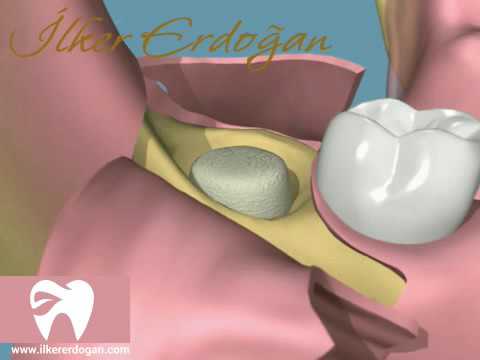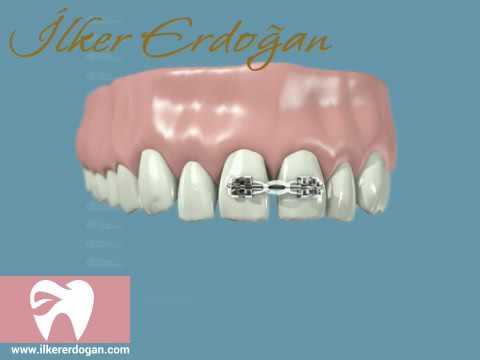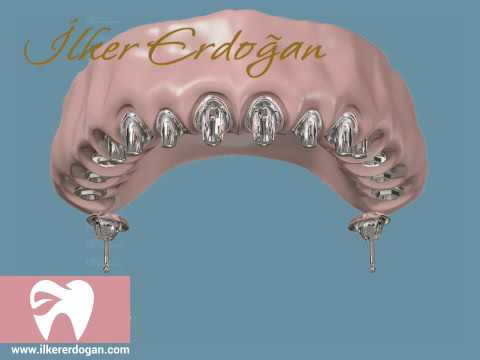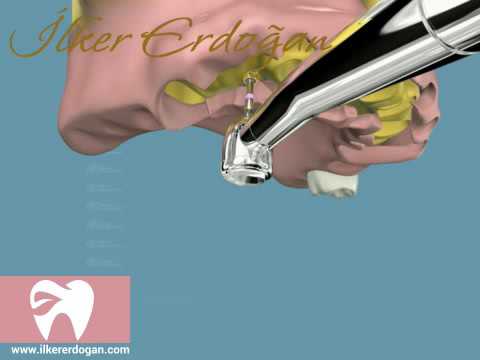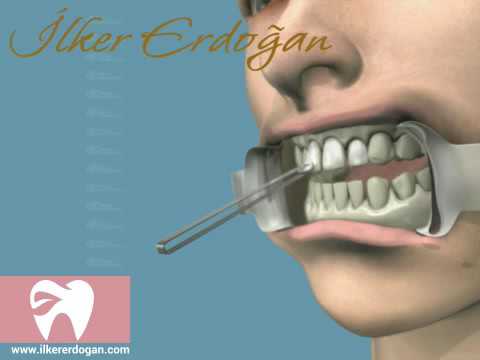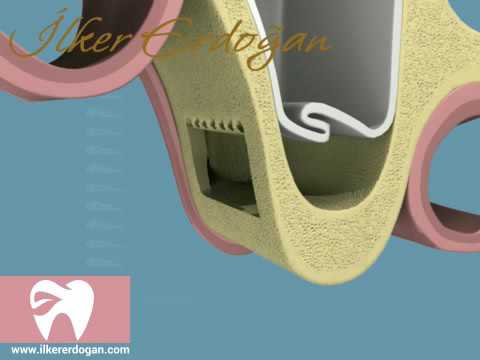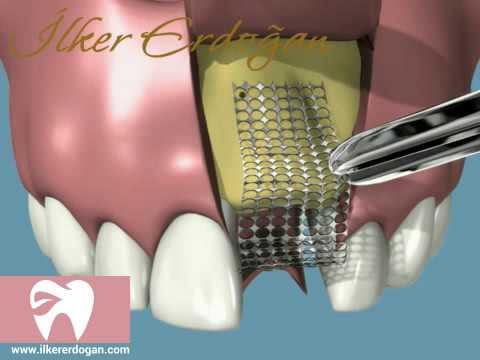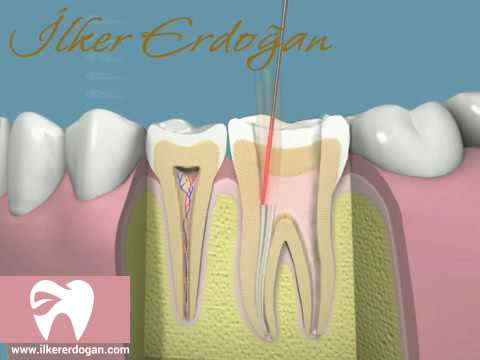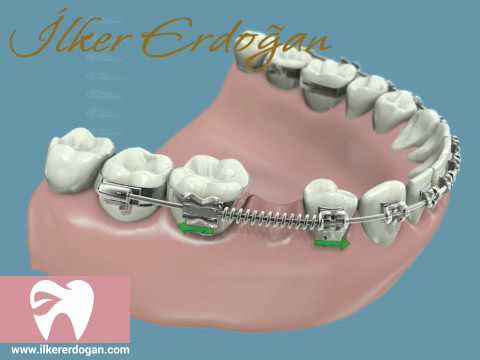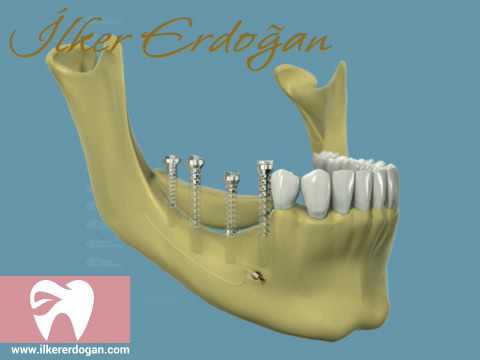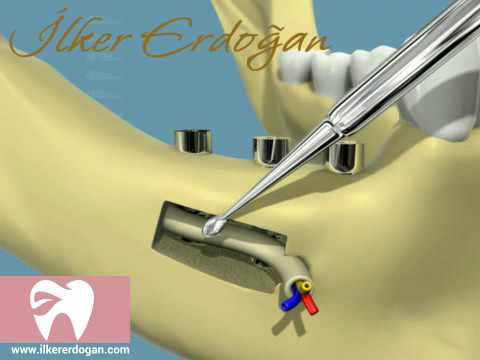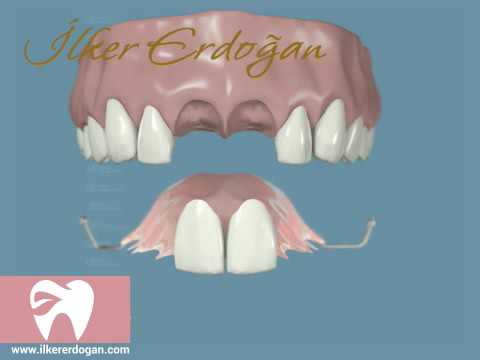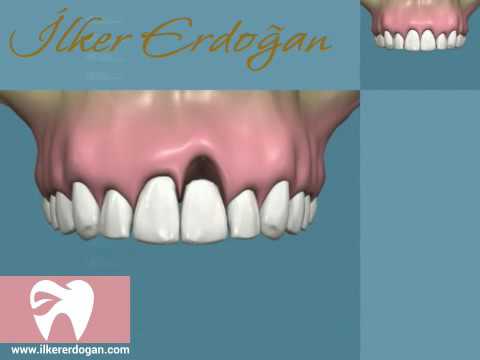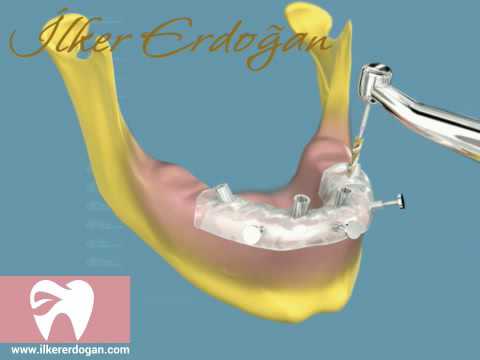Hospital infections, which are becoming increasingly important today, are among the most important problems in modern medicine. 5-15% of patients who go to hospitals and clinics have Hospital Infection and have dangerous results.
An ideal sterilization is done as follows; the instruments used are subjected to mechanical cleaning with special fluids after use. After mechanical cleaning, it is disinfected with special washing devices containing chemical disinfectants.
Following these, the instruments are placed in vacuum single-use sterilization bags and sealed with special packaging devices in order to ensure that there is no contact before use and to maintain their sterility until use. The packaged instruments are streilized using Class B vacuum autoclave devices, which are the most advanced of autoclave devices, and the sterilization process is completed. Surface disinfectants are used to clean any area where the patient comes into contact with the doctor and assistant, eliminating the risk of cross infection. Sterilization of rotating tools (dental drill) is completed both in this way and with special washing and lubricating devices.
Gloves, masks, glasses, patient gowns,injectors, glasses, saliva absorbers, headgear, seat covers, cutters, measuring spoons are disposable. This type of material is disposable to minimize the risk of infection transmission.




